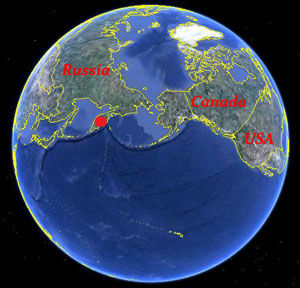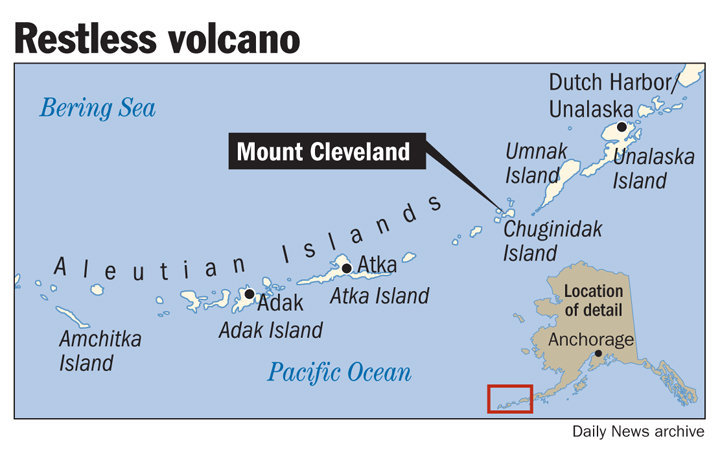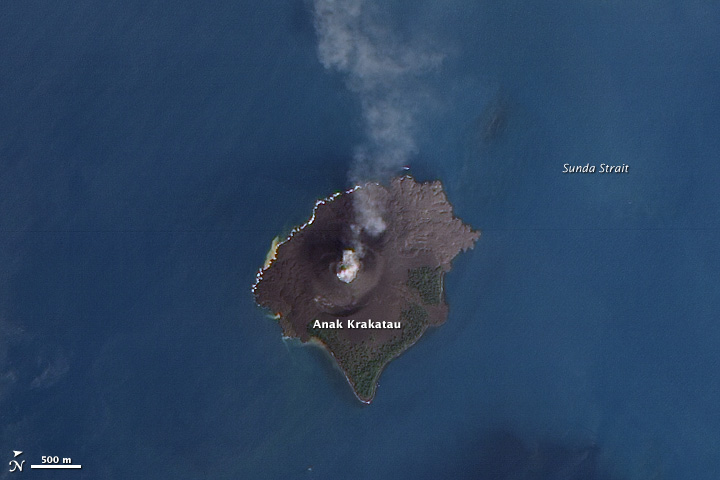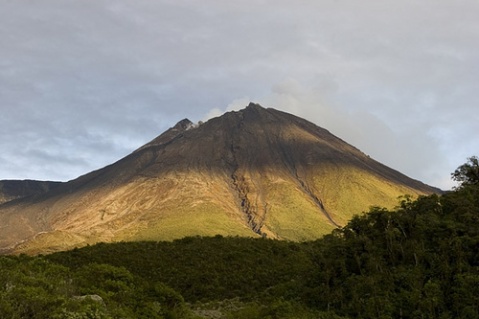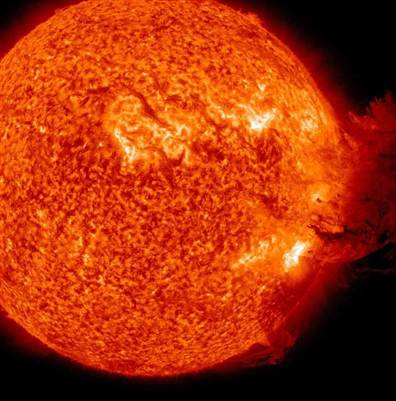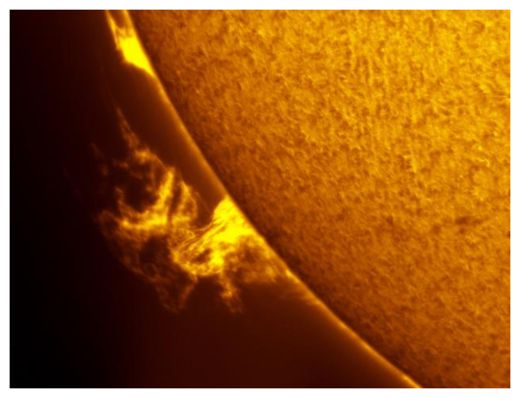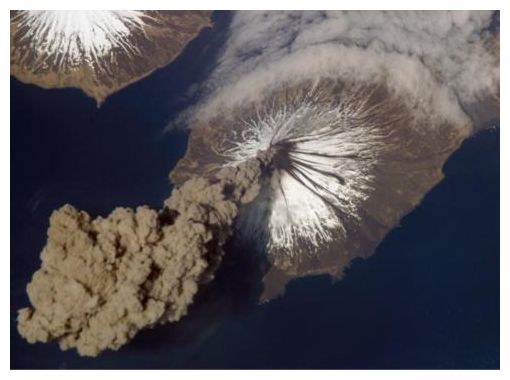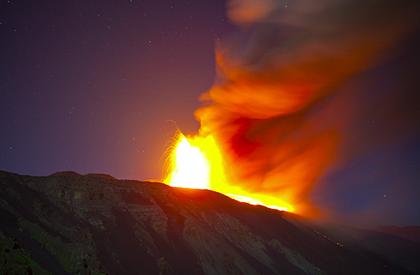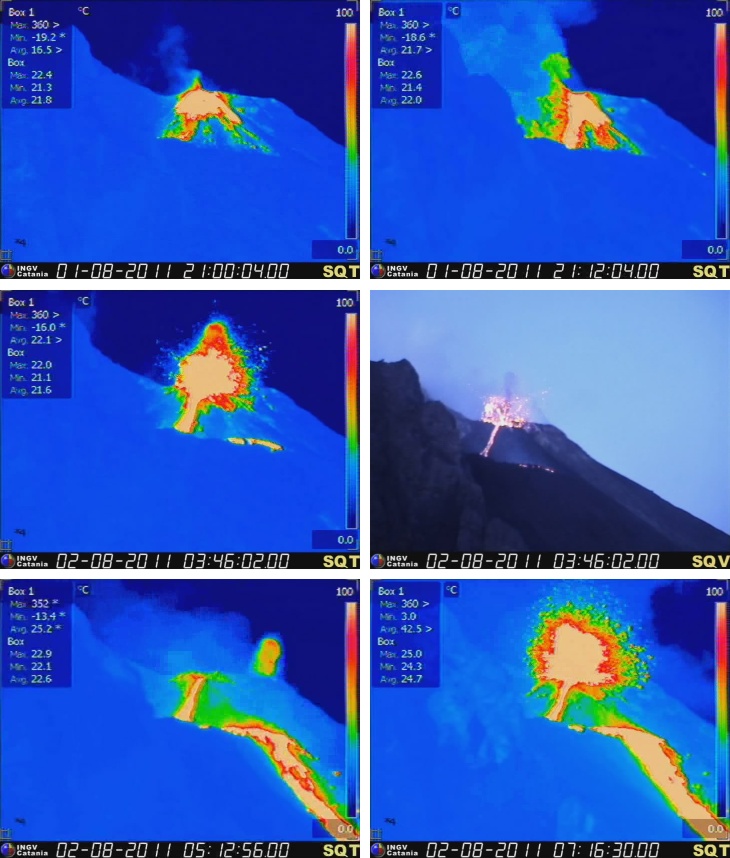
Around 2100 GMT on 1 August, a vast accumulation of incandescent material appeared at the base of vent N1, the northernmost of the various active vents that lie within the crater terrace at about 750 m elevation on Stromboli. A few minutes later, this material started to collapse and slide, and then developed two small lobes of lava, the more easterly of which descended slowly on the steep slope of the northern portion of the Sciara del Fuoco, repeatedly generating collapse and small landslides derived from the loose material that the slope is made of. The lava then accumulated on the flat area where the hornitos of the 2002-2003 eruption had been located, before making its way down the steep slope below that flat area (as is shown in the two bottom frames in the figure above). On the late morning of 2 August, the lava flow had descended to about 500 m elevation and was advancing very slowly. During the early afternoon of the same day, feeding of the lava flow appeared to diminish.
This lava flow represents the first major summit overflow at Stromboli for several decades, the most recent similar event being the eruption of November 1975. During the subsequent eruptions, in 1985-1986 and 2002-2003, lava effusion occurred from eruptive fissures on the upper northern slope of the Sciara del Fuoco, whereas in 2007, the main effusive vent was located at 400 m elevation. Differently from these eruptions, the usual Strombolian activity from the summit craters has not ceased with the onset of lava effusion on 1-2 August 2011.
